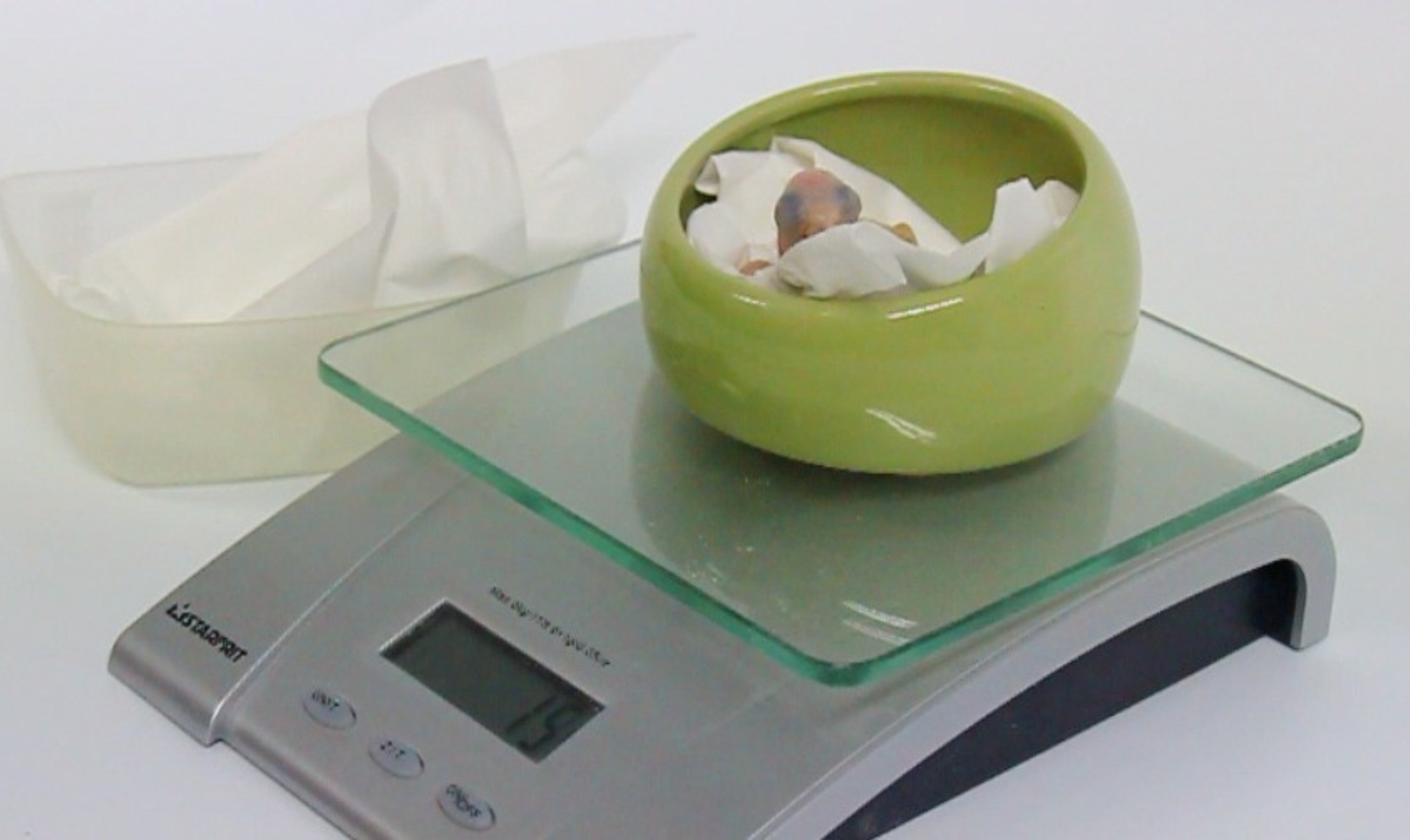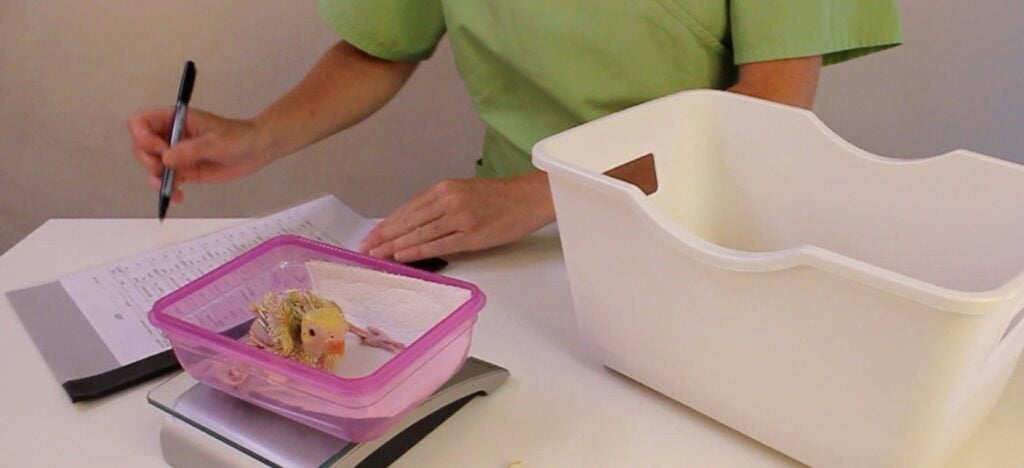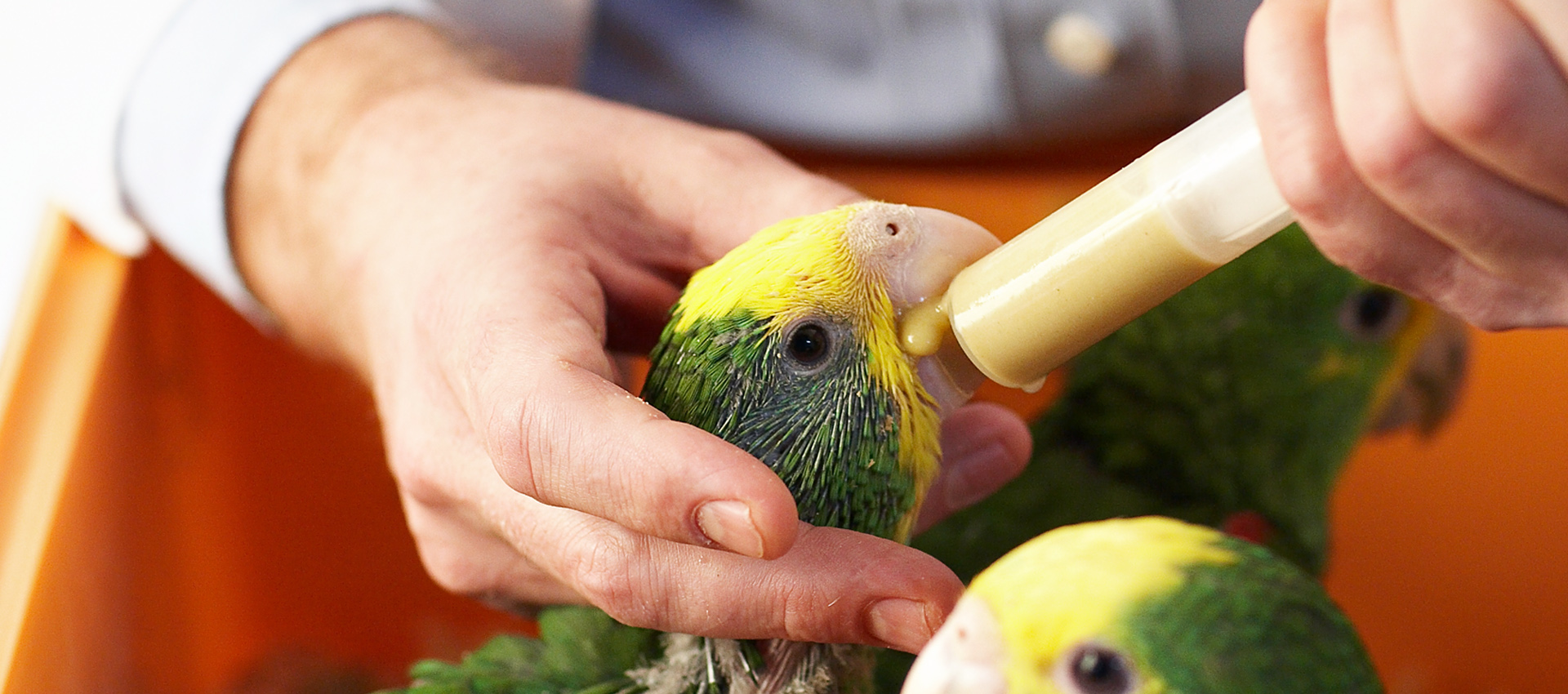Your cart is currently empty!

Parrot Chick Weight & Growth Chart

HARI Official Brand Site


The chicks’ growth chart can be used to record and communicate various aspects of their growth, including feeding response, daily health parameters, formula intake, feeding schedules, and weight gain during different stages.
To keep track of weight changes, we recommend the use of the chick growth chart where the weight gain % can be noted daily. From hatchling to the developmental stage (characterized by the emergence of feathers), a 10% daily weight gain should be expected. Also, the chart can be a valuable tool to help your avian veterinarian assess the health status of your chick.


Time It Right!
Chicks should be weighed every morning before feeding on an empty crop.

Tropican Hand-Feeding Formula is incredibly easy to prepare, won’t separate, won’t stick to feathers, and is easy to digest making it an excellent feeding option for baby parrots up to fledglings. Simply mix the dry formula with hot water and feed with ease.